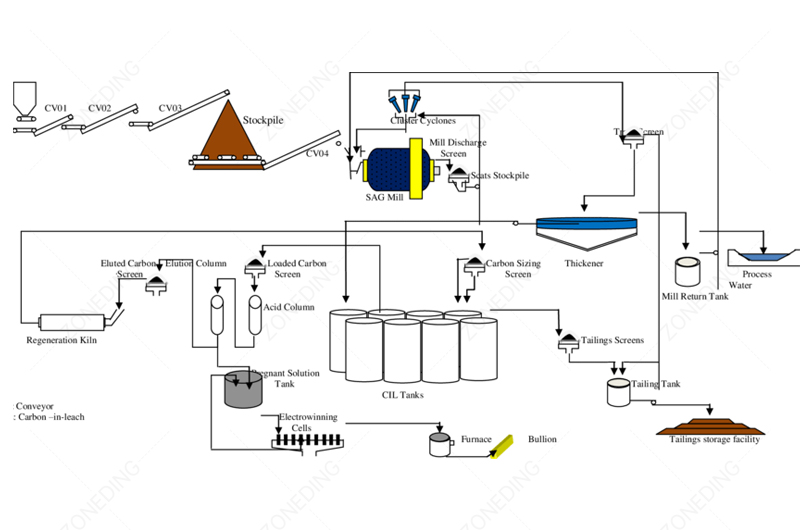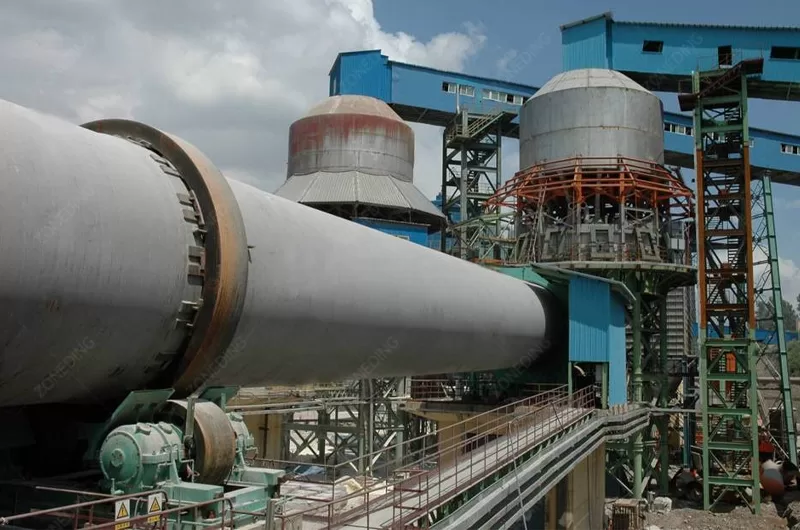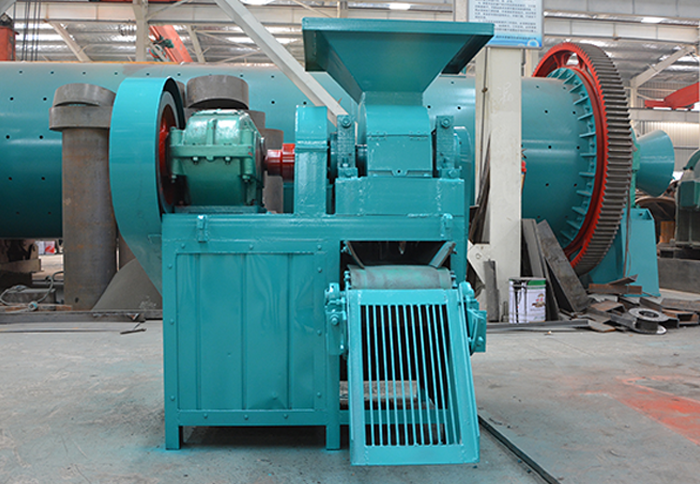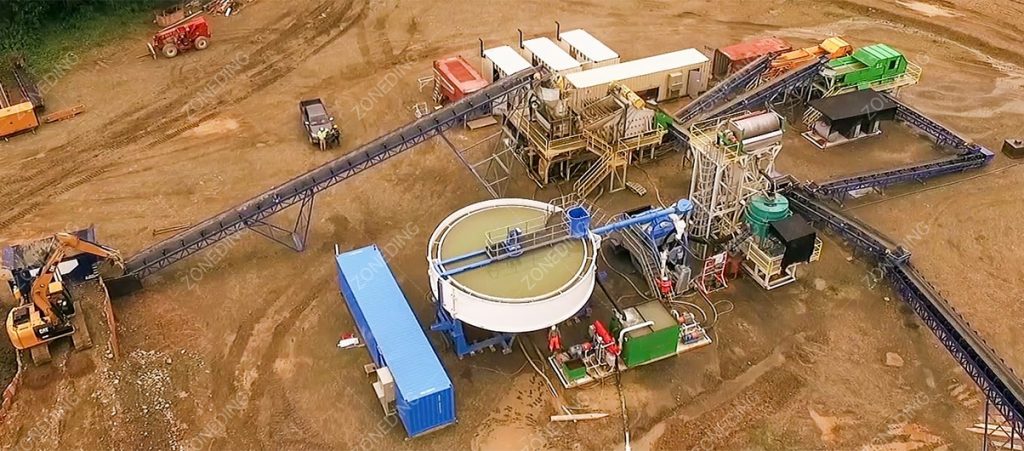Spiral Classifier vs. Hydrocyclone: Which Is Better?
3754Optimize mineral processing! Compare spiral classifiers vs. hydrocyclones. Learn 5 differences to select ideal equipment for efficiency & beneficiation.
View detailsSearch the whole station Crushing Equipment
As a manufacturer of industrial processing equipment, we often clarify the difference between charcoal and activated charcoal for our clients. In simple terms, charcoal is a basic carbon material, while activated charcoal is an advanced, highly porous material engineered for superior performance. The fundamental distinction lies in a critical manufacturing step called “activation.” This process gives activated charcoal its powerful adsorption capacity, which defines its value in industrial applications, especially for gold recovery and water purification. This article will explain these differences clearly.

Charcoal is a foundational carbon material produced through a simple process. This process is called pyrolysis or carbonization. We take carbon-rich raw materials, such as wood, coconut shells, or coal, and heat them to high temperatures (600-900°C) in a low-oxygen environment. This heating process removes water, methane, and other volatile compounds. The remaining solid black substance, composed mainly of carbon, is charcoal.
The equipment for making charcoal can be very basic, like a traditional kiln. While charcoal is porous, its pores are generally large and irregularly distributed. This results in a relatively limited internal surface area. Because of this, its primary value is as a fuel source or as a basic reducing agent in metallurgy. Its adsorption capabilities are minimal and not suitable for high-precision industrial purification tasks.
Activated charcoal is a high-performance adsorbent material created through a specialized treatment. It begins as standard charcoal but undergoes a crucial, value-adding step known as “activation.” This process completely re-engineers the charcoal’s internal structure, giving it an exceptional capacity for adsorption.
This unique microscopic structure makes activated charcoal essential in advanced industrial sectors. For example, in Gold CIL (Carbon-in-Leach) plants, it is used to capture dissolved gold ions from a cyanide solution. In water treatment facilities, it removes chlorine and organic pollutants. In air purification systems, it traps harmful gases and odors. Activated charcoal is an indispensable material for modern industrial purification.

The most essential difference is the specific surface area at a microscopic level. The variance is immense and is the core factor that determines each material’s application and value.
The internal structure of charcoal contains some pores, but its total surface area is limited. The activation process transforms this structure. It creates a vast and intricate network of millions of additional, smaller pores within the existing pore walls. These new micropores are responsible for a massive increase in the total internal surface area.
The quantitative difference is significant. One gram of ordinary charcoal might have a surface area of several dozen square meters. In contrast, one gram of high-quality activated charcoal can have an internal surface area ranging from 500 to over 3,000 square meters. This immense surface area provides an extremely large number of sites where adsorption can occur, enabling activated charcoal to capture and hold a large quantity of molecules.
The “activation” that turns charcoal into activated charcoal is a technically demanding industrial process. It requires precise control over temperature and atmosphere. This process is typically carried out in a specialized Rotary Kiln.
The entire production involves two main stages:


| Feature | Charcoal Production | Activated Charcoal Production | What This Means for You |
|---|---|---|---|
| Core Equipment | Carbonization Kiln/Retort | Carbonization Furnace + Activation Furnace (Rotary Kiln) | An activated carbon line requires additional, more complex equipment. |
| Process Control | Basic temperature control | Precise control of temperature, atmosphere, and time | This is critical for final product performance and requires expertise. |
| Capital Investment | Relatively low | Significantly higher | Producing high-value activated carbon requires a larger initial investment. |
The term “active” in this context refers to its capacity for physical adsorption. The process is known as adsorption, which is different from absorption.

Industrial Example: In a typical gold processing plant, a cyanide solution containing trace amounts of dissolved gold flows through columns filled with activated carbon. The gold ions are securely adsorbed onto the carbon’s internal surfaces. Once the carbon is saturated with gold, it is removed, and the gold is recovered through a desorption process. The carbon can then be regenerated for reuse.
Using ordinary charcoal instead of activated charcoal in an application that requires high-efficiency adsorption will lead to severe negative outcomes. This is not an area where cutting costs is viable.
Selecting the correct carbon depends entirely on your specific industrial requirement.
Q1: Can activated charcoal be reused?
A: Yes. In most industrial applications, saturated activated charcoal can be “regenerated” to restore its adsorptive capacity. Regeneration is typically done with high-temperature steam or chemical treatments to remove the adsorbed substances from the pores, which significantly lowers operational costs.
Q2: What is the difference between coconut shell and coal-based activated carbon?
A: The raw material determines the final properties. Coconut shell carbon is known for its high hardness and a high volume of micropores, making it excellent for gold recovery and gas purification. Coal-based carbon has a broader range of pore sizes, making it effective for general water treatment and removing larger color molecules.
Q3: Is the investment for an activated carbon plant much higher?
A: Yes, significantly. A professional activated carbon production line, especially the precision-controlled rotary kiln for activation, can cost several times more than a simple charcoal production facility. However, the final product has a much higher market value.
Q4: What are the key quality metrics for industrial activated carbon?
A: Besides Iodine Value, other important metrics include the Carbon Tetrachloride (CTC) activity for vapor adsorption, abrasion number (hardness), ash content, and moisture content. The required specifications depend entirely on the application.
Q5: Why is hardness important for activated carbon in mineral processing?
A: Hardness is critical in applications like CIL or CIP plants where the carbon is constantly agitated in an abrasive slurry. A high-hardness carbon (like from coconut shell) resists breaking down into fine particles, which prevents gold losses and simplifies screening and recovery processes.
In summary, charcoal and activated charcoal are fundamentally different products with distinct values and applications. Charcoal is a basic fuel, while activated charcoal is a high-performance industrial adsorbent manufactured through a controlled activation process.
Optimize mineral processing! Compare spiral classifiers vs. hydrocyclones. Learn 5 differences to select ideal equipment for efficiency & beneficiation.
View detailsExplore the complete process of converting spodumene ore into high-grade lithium concentrate. Covers all vital steps, from crushing to final beneficiation.
View detailsThis expert guide covers all mineral grinding mill types (Ball, Raymond, Vertical). Get tips on capacity, fineness, and cost to choose the perfect mill.
View detailsBuild an efficient quartz sand plant. See our advanced equipment for high-quality production & get a precise quotation tailored to your operational needs.
View detailsWe use cookies to ensure that we give you the best experience on our website. If you continue to use this site we will assume that you are happy with it.
Privacy Policy